Optimal Timing for Pathway Sealings
Determining the optimal time for pathway sealings depends on climate, usage patterns, and surface conditions. Proper timing ensures longevity and effectiveness of the sealing process.
Sealings are best applied during dry, mild weather to allow proper curing and adhesion.
Spring and early summer are optimal, avoiding extreme heat or cold that can impact sealing performance.
Sealings should be done after cleaning and repairing pathways, typically during periods of low rainfall.
Regular sealings every 2-3 years maintain surface protection and appearance.

Ways to make Pathway Sealings work in tight or awkward layouts.
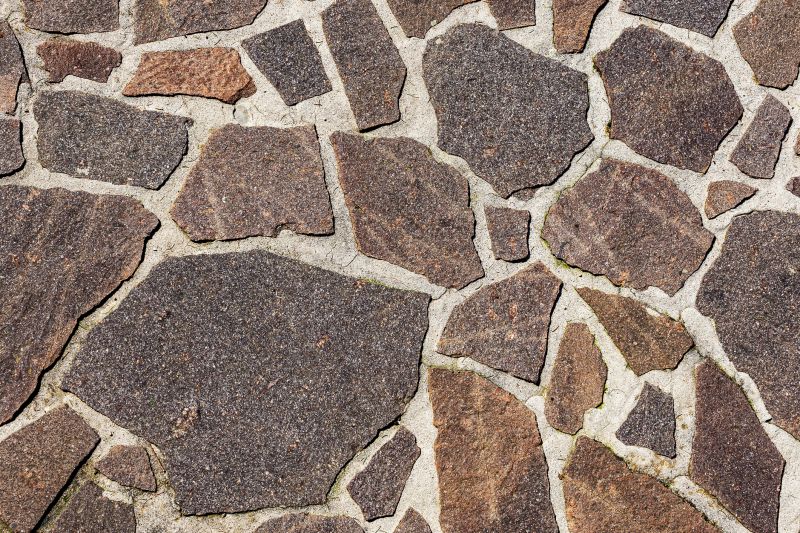
Popular materials for Pathway Sealings and why they hold up over time.
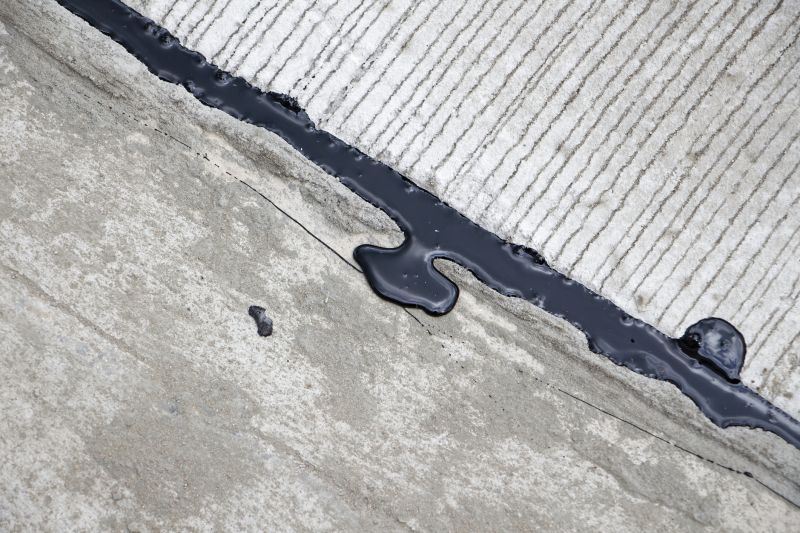
Simple add-ons that improve Pathway Sealings without blowing the budget.

High-end options that actually feel worth it for Pathway Sealings.

Finishes and colors that play nicely with Pathway Sealings.

Little measurements that prevent headaches on Pathway Sealings day.

A 60-second routine that keeps Pathway Sealings looking new.
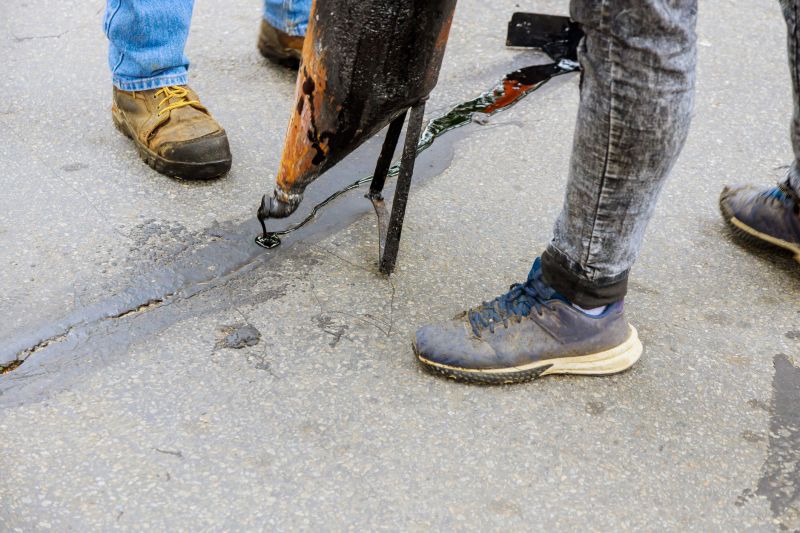
A frequent mistake in Pathway Sealings and how to dodge it.
| Season | Recommended Timing |
|---|---|
| Spring | Late spring for optimal conditions |
| Summer | Early summer, avoiding peak heat |
| Fall | Early fall before cold weather |
| Winter | Not recommended due to cold and moisture |
Pathway sealings serve to protect surfaces from weather damage, staining, and erosion. Proper sealing extends the lifespan of pathways, reduces maintenance costs, and enhances appearance. Sealants form a protective barrier that prevents water infiltration, which can cause cracking and surface deterioration. Regular application is essential, especially in high-traffic areas or regions with significant weather variation. Studies show that pathways sealed at appropriate times can last up to twice as long as unsealed surfaces, saving on repair costs and preserving property value.
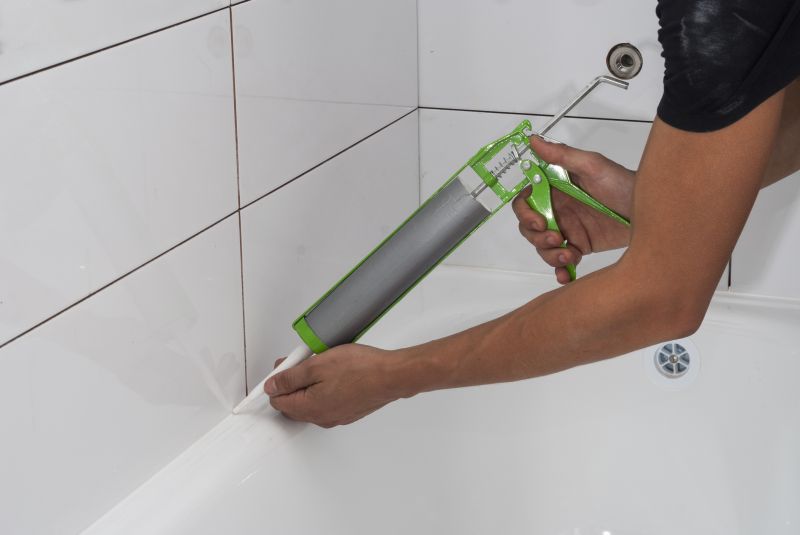
Small tweaks to make Pathway Sealings safer and easier to use.

Lower-waste or water-saving choices for Pathway Sealings.
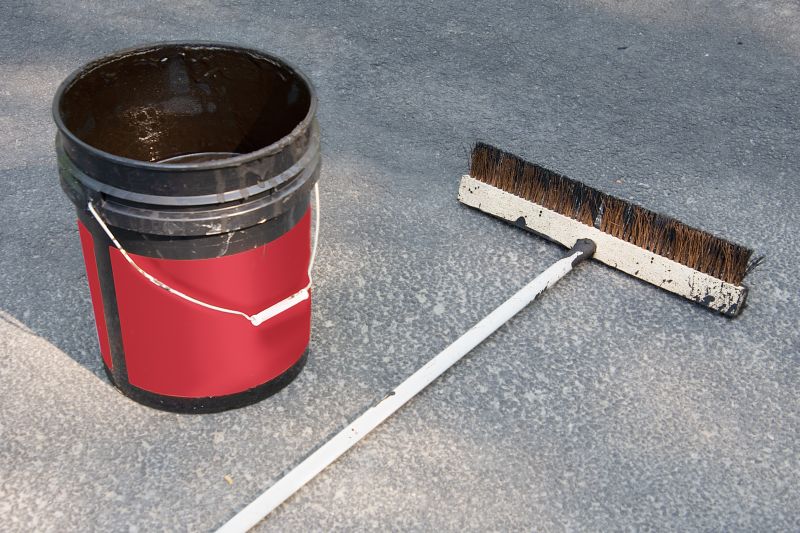
The short, realistic tool list for quality Pathway Sealings.
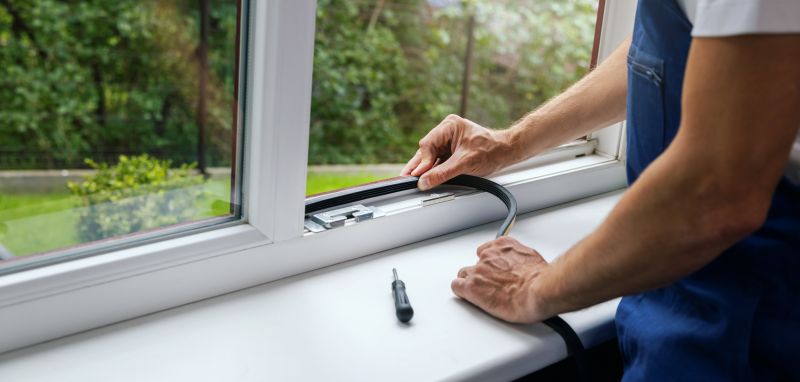
Rough timing from prep to clean-up for Pathway Sealings.

Quick checks and paperwork to keep after Pathway Sealings.

Examples that show the impact a good Pathway Sealings can make.

Ways to make Pathway Sealings work in tight or awkward layouts.
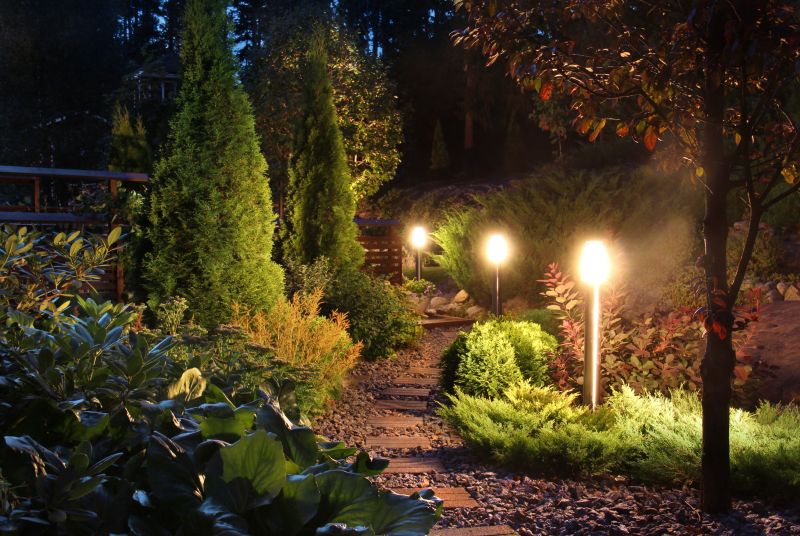
Ways to make Pathway Sealings work in tight or awkward layouts.
Interested in scheduling pathway sealings? Filling out the contact form provides the necessary information to determine the best timing and approach for surface protection needs.
